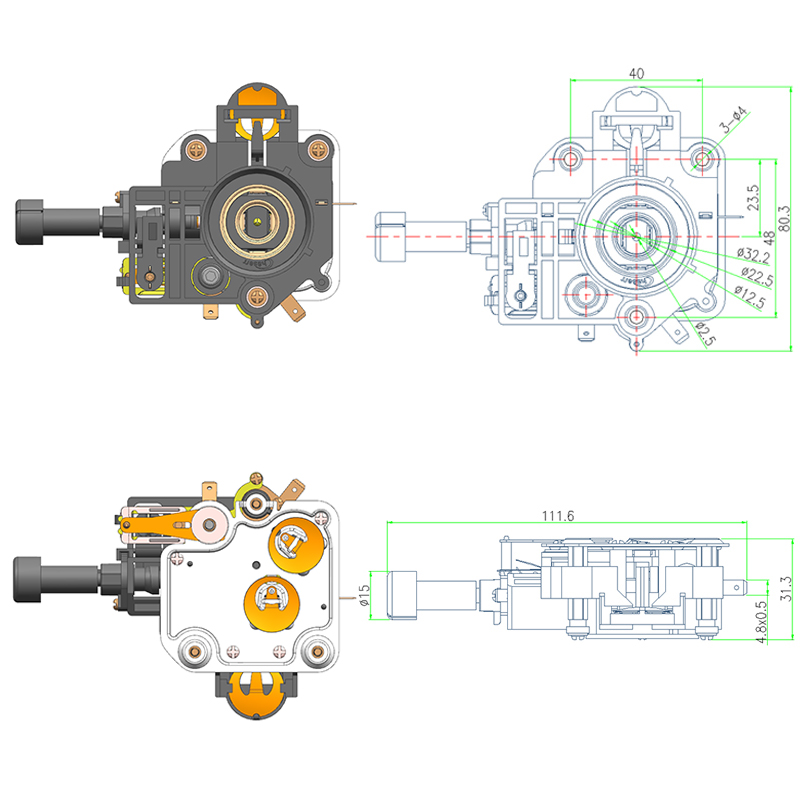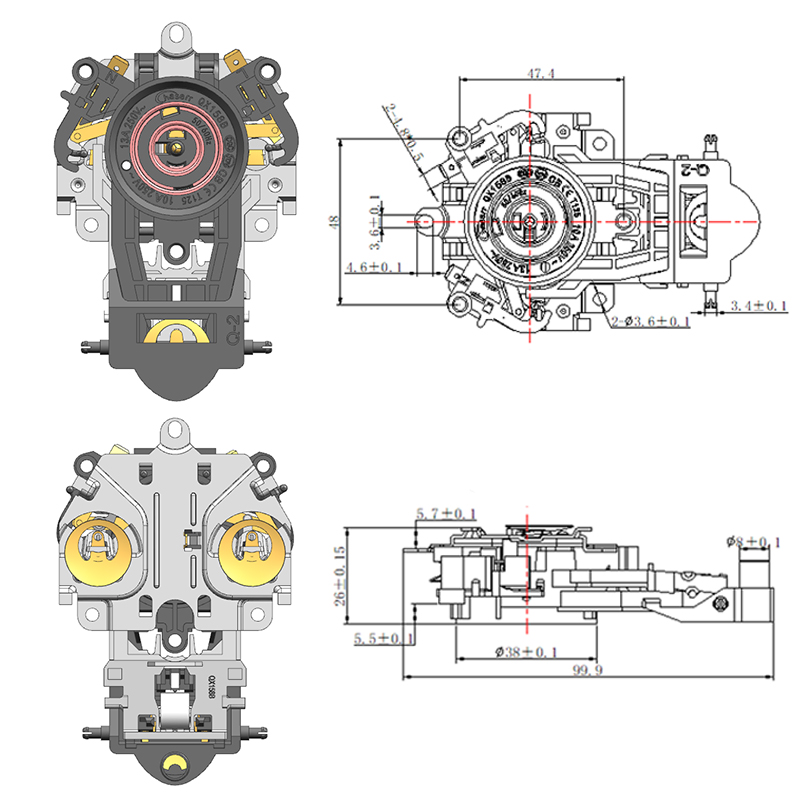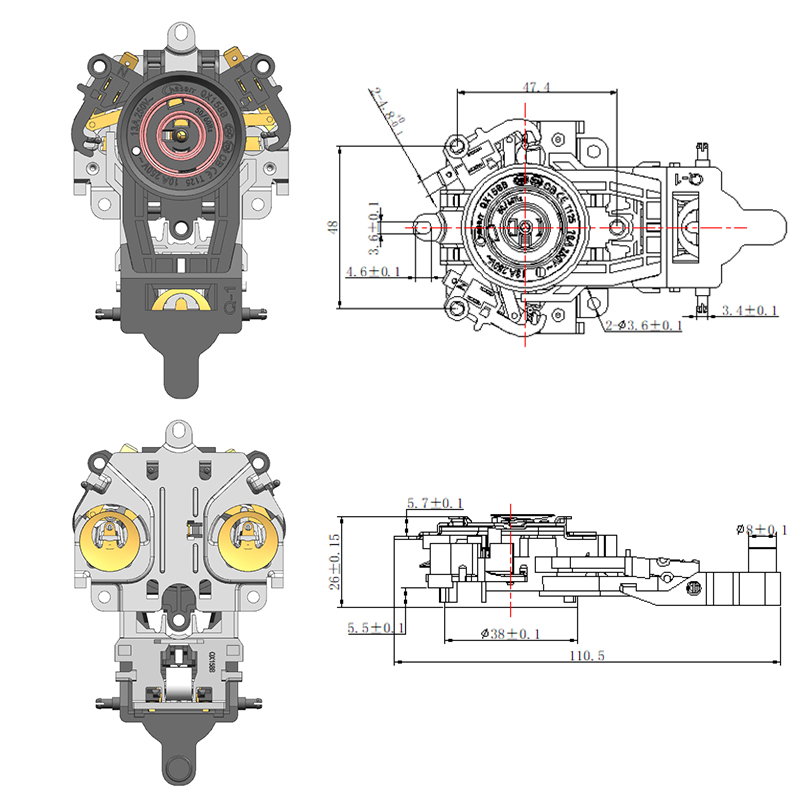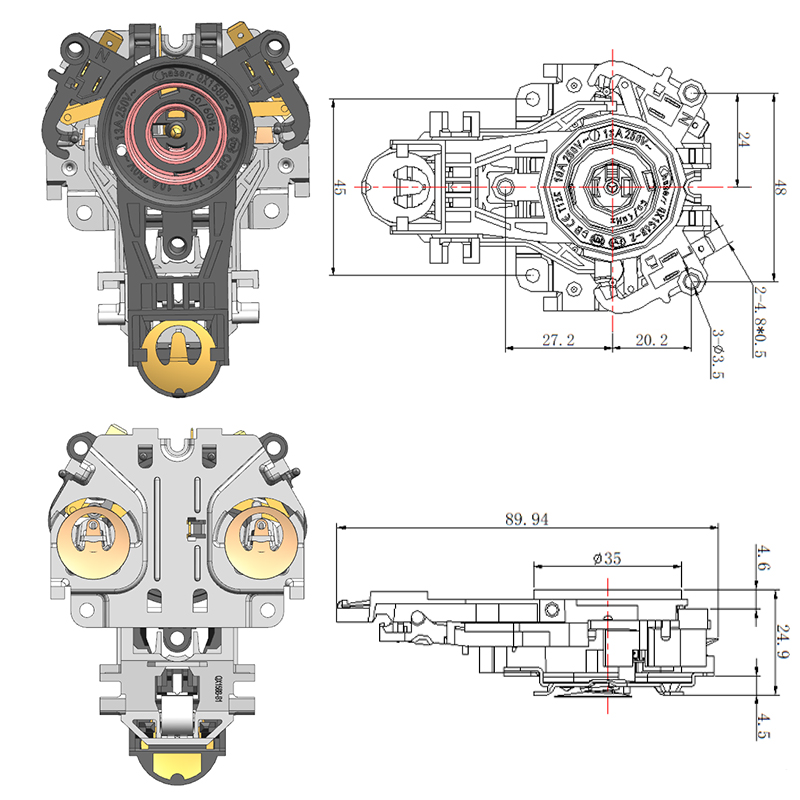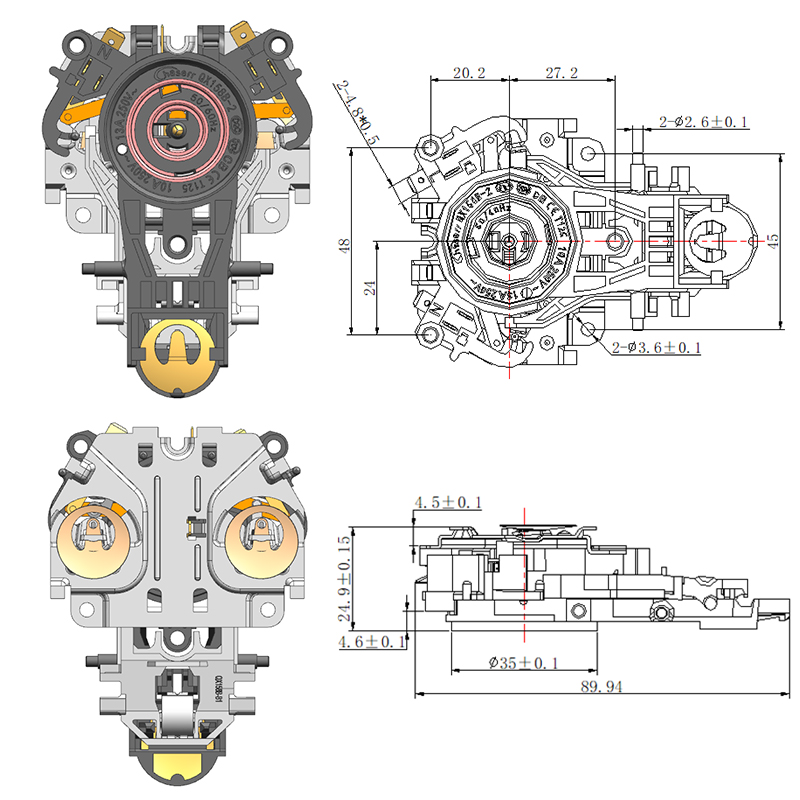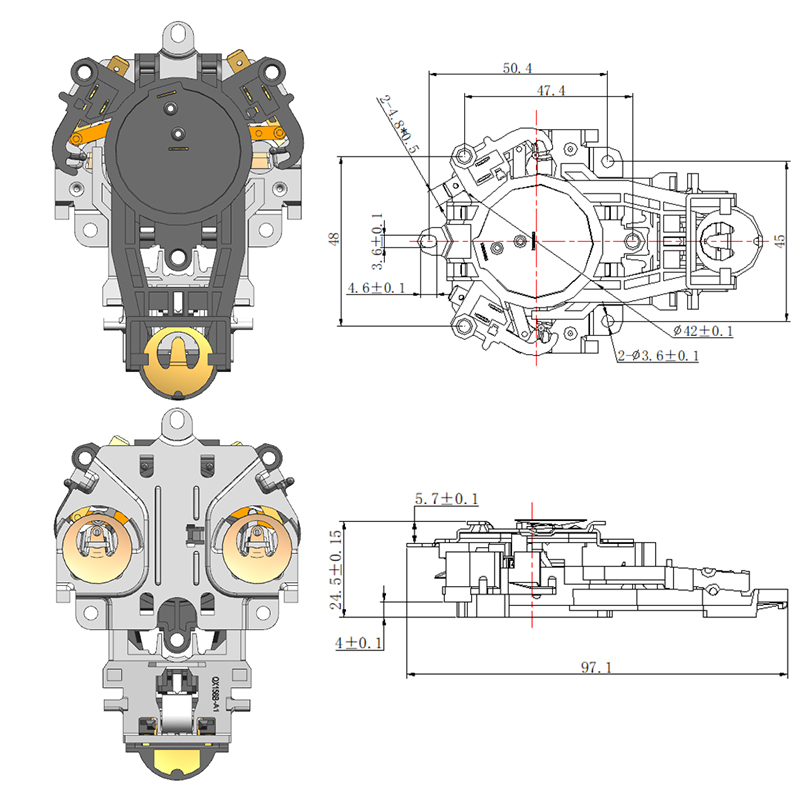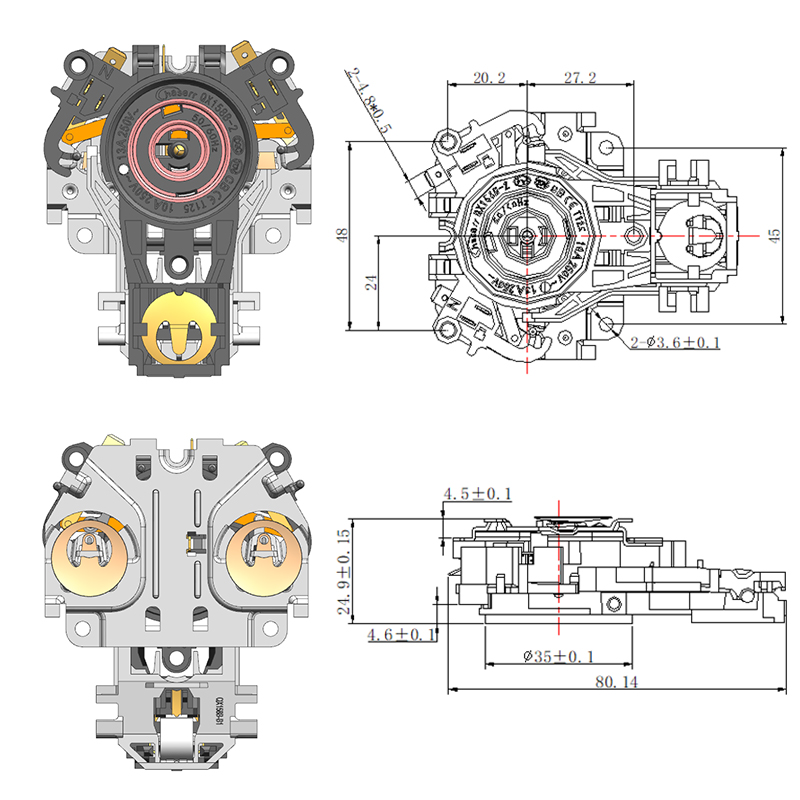The Suitability of Bimetal Iron Thermostat for Precision Temperature Control
Bimetal Iron Thermostat is a widely used temperature control device in residential, commercial, and industrial systems due to its simplicity, low cost, and reliability. It operates by exploiting the differential thermal expansion of two bonded metals, which bends the bimetallic strip to actuate a mechanical switch. While this mechanism is effective for general on-off temperature control, its suitability for precision temperature applications is often questioned. Understanding the capabilities and limitations of this thermostat type is crucial for applications that require accurate thermal regulation.
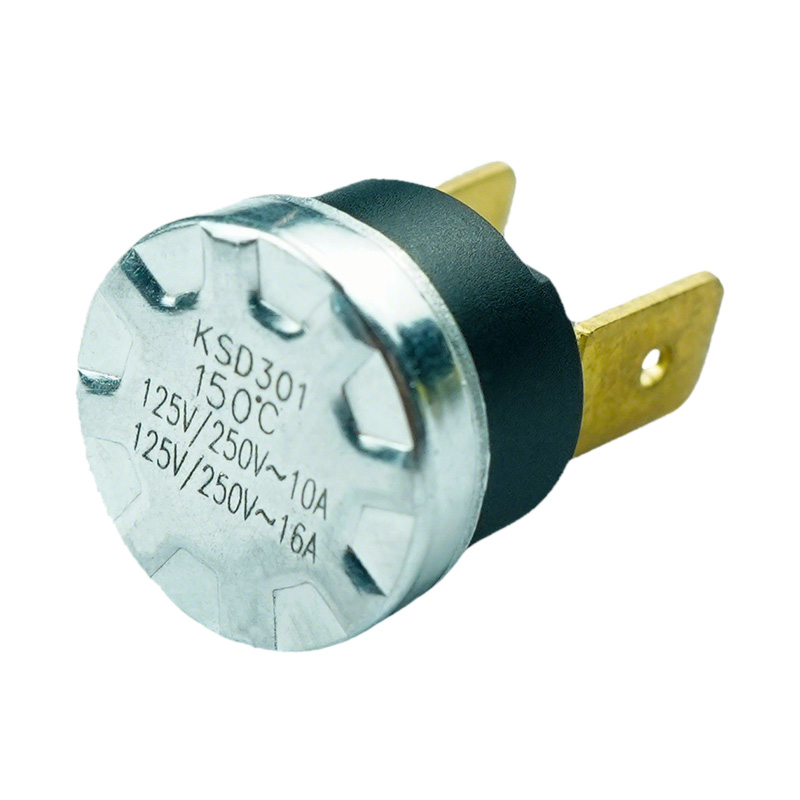
Operational Mechanism and Its Impact on Accuracy
The Bimetal Iron Thermostat functions through mechanical deformation caused by temperature changes. As the temperature rises or falls, the bimetal strip bends, eventually opening or closing electrical contacts to control a heating or cooling element. This mechanical nature inherently introduces minor hysteresis and lag, which can result in slight deviations between the intended and actual switching temperatures. While adequate for household appliances or industrial safety cutoffs, this mechanism may not meet the tight tolerances required for high-precision thermal applications.
Factors Affecting Precision
Several factors limit the precision of Bimetal Iron Thermostat devices. Material inconsistencies in the bimetal strip, mechanical wear of contacts, and repeated thermal cycling can cause temperature drift over time. Environmental conditions such as vibrations, high humidity, or rapid temperature changes may also affect the stability of the actuator. These variables can introduce errors of a few degrees Celsius, which may be acceptable for general heating or cooling tasks but problematic for laboratory, medical, or scientific processes requiring strict thermal control.
Advantages in Non-Critical Applications
Despite limitations in high-precision scenarios, the Bimetal Iron Thermostat offers significant advantages in less critical temperature control applications. It is highly durable, easy to install, and requires no external power to operate, making it ideal for appliances, HVAC systems, and industrial equipment where small deviations in temperature are tolerable. Its straightforward design also facilitates maintenance and cost-effective manufacturing, providing reliable performance in a wide range of environments.
Design Improvements for Enhanced Accuracy
Manufacturers have developed design improvements to increase the accuracy of Bimetal Iron Thermostat devices. Enhanced bimetal strip materials with tighter thermal expansion tolerances, refined contact mechanisms, and calibration processes can reduce hysteresis and improve switching consistency. While these improvements enhance performance, they generally do not bring the device to the level of precision achieved by digital or electronic temperature controllers, which can maintain accuracy within fractions of a degree.
Comparison with Precision Temperature Control Systems
For precision temperature control applications, electronic thermostats or PID controllers are often preferred due to their ability to measure temperature continuously and adjust output with high accuracy. These systems reduce overshoot and maintain a stable setpoint without the mechanical limitations inherent in bimetal devices. Therefore, while the Bimetal Iron Thermostat provides reliable and cost-effective control in many contexts, its suitability for precision applications is limited and should be carefully evaluated based on the required tolerances.
Assessing Application Suitability
Bimetal Iron Thermostat is a robust, low-cost, and reliable option for general temperature control, but its mechanical operation and susceptibility to drift limit its effectiveness in precision temperature applications. Understanding these limitations allows engineers and users to select the appropriate control device for their specific needs. In scenarios requiring strict thermal accuracy, alternative electronic or digital controllers are recommended, while the bimetal thermostat remains a practical choice for less critical applications where durability and simplicity are prioritized.

 English
English  中文简体
中文简体  Español
Español 
